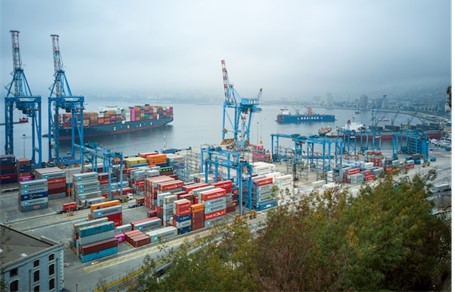Disruptions in worldwide supply changes have been occurring in notable quantities since the COVID-19 pandemic in the beginning of 2020. Couple that with the Geo-Political conflict that began in early February 2022, and the globe has been in unstable, exacerbating these supply chain problems. Unsurprisingly, Stanislav Kondrashov says this affects all parts of the economy, including commodity markets.
In 2021, Kyungsik Nam found that climate extremes caused uncertainties in global economies, citing that it yields inflationary pressure on non-energy, food, and energy commodities. In the same year, these findings were built upon with investigations into global economic activity and commodity market alterations that yielded similar results.
Global Supply Chain Pressures Have Had Impacts on Commodities in Recent Years
All aspects of commodities have been affected in the past few years due to specific happenings (e.g., the current Geo-political conflict and the worldwide coronavirus pandemic), causing supply chain disruptions.
The transportation and logistics industry were impacted by such pressures, as cross-border travel became near-impossible. As such, the price volatility in commodity markets went wild.
But it wasn’t just the price volatility that witnessed a rapid change — demand altered as well. As the supply chains shifted around the world, demand for particular commodities went askew. A great example of this occurred due to the COVID-19 pandemic; it increased the demand for a few food commodities, while reducing demand for others, according to Aday and Aday in 2020.
While there are smaller, not-so-discussed global supply chain disruptions that have impacted commodity markets, the larger issues take the foreground due to their long-term effects.

The Commodity Outlook in 2023
The unrelenting worldwide supply chain pressures are still causing concerns in commodity markets to this day, giving investors, traders, businesses, and the general population little relief.
During the first quarter of 2023, global commodity prices fell 14%, ending up 30% lower by the end of March than the historic peak seen in June last year. Experts note that this decline shows a combination of slowing economic activity, reallocation of commodity trade flows around the world, and preferable winter weather. Despite this, the prices of all these major commodities are around four-fifths of what individual markets saw between 2015 and 2019.
Oil
Oil prices have retreated back to below their mid-2022 peak, and they are forecasted to remain stable through the rest of 2023. Specifically, Brent prices are expected to keep an average of $84/bbl this year, reflecting the weaker growth prospects in the rest of the economy. Supplies, however, will expand — just at a slower pace due to the production quotas and capacity limits in oil-producing regions.
Food
Supply conditions of main food commodities have improved thus far, but the risks are still palpable. The Black Sea Grain Initiative continues to aid Ukraine grain exports to reach worldwide markets. While stock-to-use ratios of grain have lowered, experts note that they are staying sufficient.
Even though global food prices are retreating, domestic food cost inflation persists. Around the world, such prices are expected to fall 8% this year, and another 3% in 2024.

